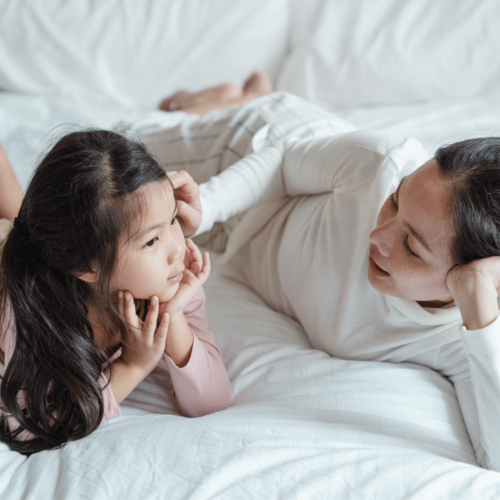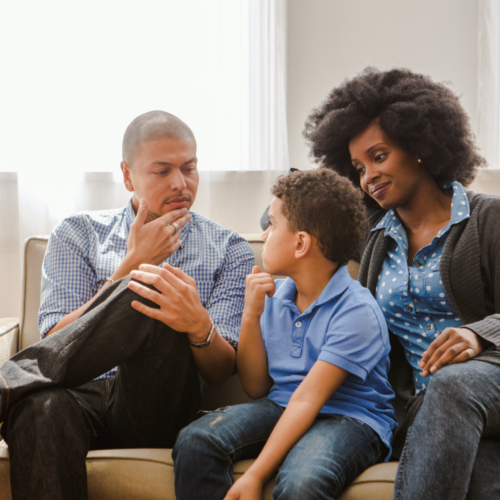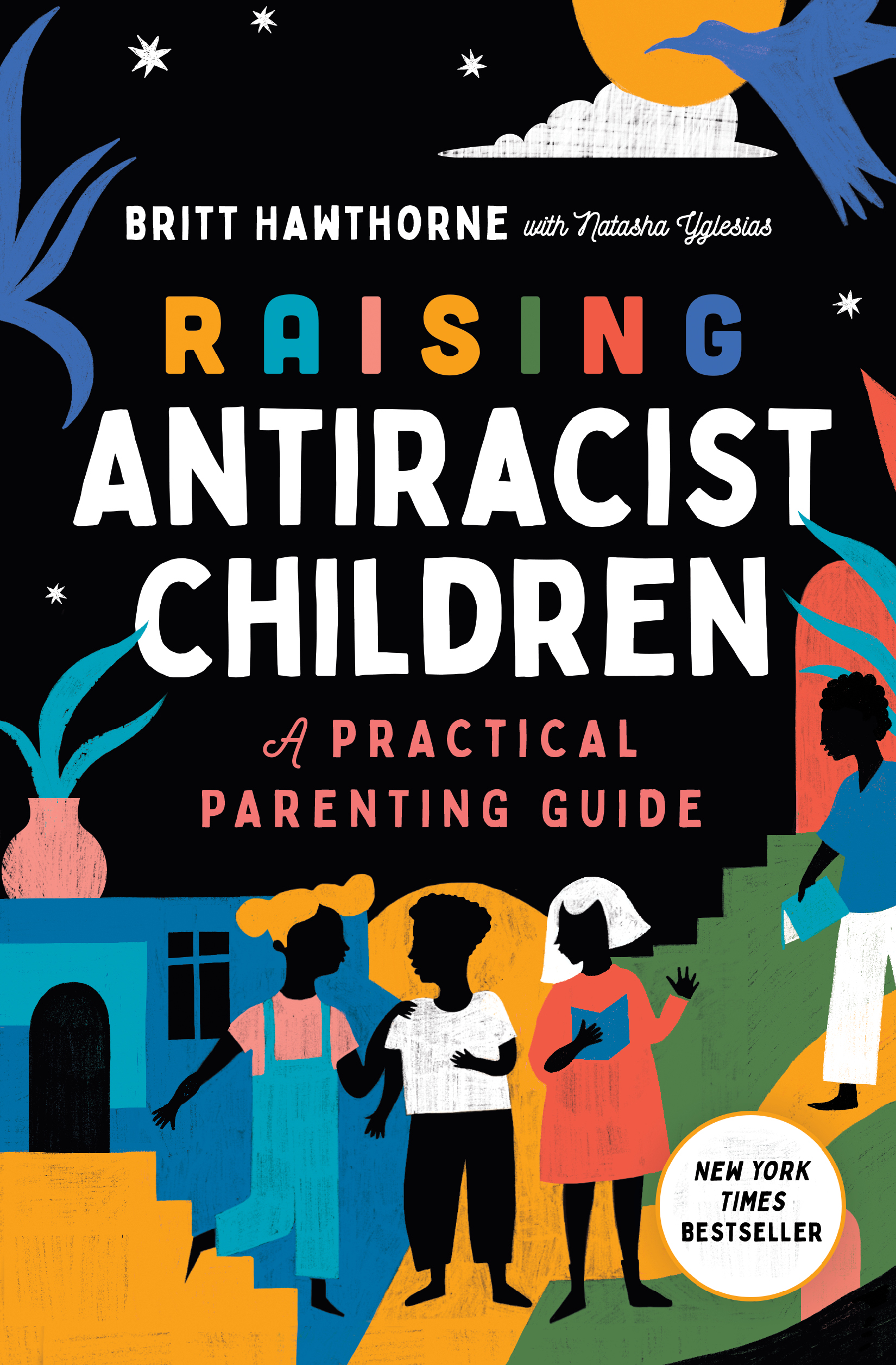Women’s History Month isn’t just for girls; it’s for everyone. In the classroom, it’s an opportunity to help kids of all ages honor women’s contributions to society, culture, and history. It teaches children to recognize the achievements of women despite the discrimination or marginalization women experience. And to inspire future generations of women to continue to make history. Keep reading for 12 children’s activities for Women’s History Month.
The Origins of Women’s History Month
You’ve heard of and celebrated Black History Month, now it’s time to do the same with Women’s History Month. It has its roots in International Women’s Day, which was first celebrated in 1909 in honor of socialists and suffragists. But it didn’t catch on in the United States until 1975. Five years later, the week of March 8 was designated as Women’s History Week before being expanded to a month-long observance in 1987.
Why Do We Celebrate Women’s History Month?
It’s important to remember that the United States government did not extend rights to women, solidifying their treatment as second-class citizens. Either because of laws or beliefs, women couldn’t vote, easily obtain birth control, divorce, own property, serve on a jury, compete in sports, or work fair hours. And this discrimination didn’t end with the passing of the 19th Amendment, The Equal Pay Act of 1963, Title VII of the Civil Rights Act of 1964, Title IX and Sex Discrimination of 1972, or The Pregnancy Discrimination Action of 1978. Women still experience sexism and misogyny today. Furthermore, as anti-racists, we must acknowledge how Women of Color, disabled women, poor women, and LGBTQ+ women experience compounding discrimination. Women have fought and continue to fight for equal treatment, representation, and rights.
Lastly, our girls are not okay. The Washington Post has written a series detailing the “Teen girls across the United States are “engulfed in a growing wave of violence and trauma,” according to federal researchers who released data Monday showing increases in rape and sexual violence, as well as record levels of feeling sad or hopeless. We celebrate Women’s History month to bring attention to these ongoing women’s rights issues and to fight for a better world for our girls.
How Do We Celebrate Women’s History Month?
1. Self-Love
Women’s History Month encourages young girls to see themselves as respected members of society. Our teen girls, especially lesbian, gay, bisexual, and questioning teens are “engulfed in a growing wave of violence and trauma,” according to the most recent report from federal researchers at the CDC. Social media, eurocentric beauty standards, academic pressure, domestic violence, and racial injustice are just a few of the crises teens are experiencing today.
Radical self-love (affirmations, coping strategies, honest discussions, mental health resources) is required in a world that has historically marginalized women and taught them to take up less space. It’s up to us to listen and act, which will require more than a changemaker unit.
We must center women all year long to teach young girls they have value and are worthy of love, protection, and care.
2. Embrace People
Women’s History Month teaches boys to embrace girls and women as equal members of society. And works to upend the misogyny that still pervades American society. By honoring Women’s History Month, you’ll challenge in-group bias that can develop during the preschool years. In-group bias causes people to favor others who belong to the same group. For young boys, it might sound like, “Only boys can play in the rocket ship!” or “You can’t be the doctor – you’re a girl.” This bias can keep our children from developing loving relationships and extending respect, opportunities, and fairness to those they perceive as othered.
3. Identify Unfairness
Women’s history is not only about affirmations and the remarkable achievements and accomplishments of women but also about the unfair treatment of women through exclusionary laws, discrimination, and abuse. Learning this history helps young children identify discrimination and invites them to participate in creating a more equitable world.
4. Act Justly
Once children understand how to identify fair from unfair, they’re ready to learn the tools to act justly in their own lives. Children can learn from activists like Mrs. Rosa Parks, Sylvia del Villard, Autumn Peltier, Patsy Mink, and Gloria Steinem. If presented with a situation where a young girl is being mistreated, they’ll have the skills to stand up against injustice.
12 Children’s Activities for Women’s History Month
Here are my 12 recommendations for activities for Women’s History Month. I have divided my recommendations into age groups 3-6, 6-9, and 10-12.
Affiliate Disclosure: I only recommend products I would use myself, and all opinions expressed here are my own. I am an affiliate of Bookshop.org, and I will earn a commission if you click through and make a purchase from Bookshop.org.
Ages 3-6
1. Find a Book from SocialJusticeBooks Women’s History Library
SocialJusticeBooks is an initiative established by Teaching for Change, a nonprofit that equips grownups with resources for teaching kids how to positively impact the world. They have an incredible selection of age-appropriate books to teach young learners about Women’s History Month.
2. Read Pies from Nowhere by Dee Romito and Laura Freeman
Women continually fuel social justice movements. They make the pamphlets, organize, fundraise the money, and in some cases, bake pies. Pies from Nowhere follows the true story of Georgia Gilmore, a Black woman whose history is not taught in history classes. She used her skill and passion for baking to help the civil rights movement and the Montgomery Bus Boycott succeed.
3. Get Moving
Women are strong and capable of becoming incredible athletes. Learn about the world’s most famous women athletes like Serena Williams, Jackie Joyner-Kersee, and Billie Jean King, among many more. Print pictures of each athlete, or look at their portraits online, and then try out their sport. Who knows, you might be the next big athlete star!
Extra: find two more female athletes you are curious about and share their stories with your friends and families. Did they win any medals or break any records?
Ages 6-9
4. Identify Gender Stereotypes
Careful and intentional discussion about gender stereotypes can go a long way for the developing child. I recommend reading Being You: A First Conversation about Gender by Megan Madison and Jessica Ralli to begin discussing gender stereotypes, where they stem from, and why they are untrue.
5. Celebrate Marriage Equality
Women’s History Month is about love, so it’s important to celebrate the passage of the Marriage Equality Act of 2011 which allows same-sex couples to get married in the U.S. To do this, I recommend Heather Has Two Mommies by Leslea Newman.
6. Set Up a Wax Museum at Home
To make a “wax museum” at home, have your child choose a woman historical figure to learn about. Have them do research on the figure and then dress up like them. Your child will stand frozen in time, and when someone presses a button, they will come to life, telling you about themselves and their historical significance. To see a wax museum in action, watch this.
7. Celebrate Women In Your Life
Moms, grandmas, sisters, friends, and women are likely already an integral part of your student’s and children’s lives, so celebrate them! Think of a few reasons why they are awesome and tell them. Bonus: if you feel inspired, write them a letter, compose a song, or draw a picture—the sky’s the limit here!
Ages 9-12
8. Learn about the Pink Tax
The pink tax refers to the discriminatory pricing of consumer products (razors, hair care products, lotions) that are marketed toward women and girls. Children’s clothing marketed toward girls cost an average of 4% more than boys, and girls’ toys cost 7% more than boys’ toys.
The result is that it is more expensive for women than men, and this doesn’t even include the more demanding social expectations that women are expected to do (shaving, waxing, makeup).
To help your children learn about this, I recommend visiting your local big box store to compare prices. Please note New York and California have banned the pink tax in their state (this is an example of a fair law). If you live outside of those states, write letters to your local legislatures to demand a ban on the pink tax. Or, go out on a field trip to compare the retail prices of consumer items marketed to boys and girls.
9. Learn About Youth Activist Claudette Colvin
Did you know that nine months before Mrs. Rosa Parks refused to give up her seat on a bus for a white person, 15-year-old Claudette Colvin did the same thing? Most people do not know Claudette’s story, and Women’s History Month is a great opportunity to change that.
To learn more about Claudette read Claudette Colvin: Twice Toward Justice by Phillip Hoose and this article.
10. Support Women of the Global Majority-Owned Bussiness
When celebrating women, there is always the risk of falling into toxic patterns. This means failing to explore and learn about the unique experience of Black women and Women of the Global Majority.
Being a woman of any race comes with historical challenges and inequities, but Women of the Global Majority have to worry about more than sexism. Their discrimination is compounding.
To show the importance of this to your children, you can discuss the problems with white feminism ideology and shop at businesses owned by Indigenous, Latina, Black, and Women of the Global Majority. Supporting Women of the Global Majority is one small way that people can rebalance the financial scales.
Extra: Consider how Women’s History Month has been co-opted by capitalism through the incessant advertising of products to women. More often than not, these products sell women self-doubt wrapped in photoshopped marketing. This makes it even more important to support businesses owned by Women instead of supporting businesses taking advantage of a national holiday.
11. Discuss Labor Organizing
Women significantly contributed to labor rights, but most people don’t know about it! Women organized, unionized, rallied, and fought for workplace conditions to be improved, the workday shortened, and promoting equal pay for all, regardless of race. The And Still I Rise website is a valuable resource that highlights the achievements of Black women who have been leaders in the labor movement.
12. Write a Thank You Card to a Local Woman Activist
Is your child passionate about the climate crisis, the housing crisis, reproductive rights, or another social justice issue? No matter the cause, search the internet for a local organization or local chapter working to make an impact in the area of your child’s passion. Together write a letter of thanks, to keep them going for the fight ahead.
Women’s History Is Our History
Involving your kids at any age in learning about history does wonders to build their sense of self and connection to the world around them. History helps us distinguish between fairness and injustice and imagine a future that does better. I invite you to take the time to reflect and take part in these activities for Women’s History Month—and remember to celebrate wins when they come along and feel the joy of/for the women in your life. I’m rooting for you!
If you or someone you know needs help, visit 988lifeline.org or call or text the Suicide & Crisis Lifeline at 988.





